Do Not Wait to Get Help When a Stroke or Heart Attack Strikes
Fear of contracting COVID-19 should NOT stop you from seeking emergency medical care—especially if you're feeling the symptoms of a heart attack or stroke.
By Vincent Spagnuolo, MD, FACC, Virtua Health Cardiologist, Lead Physician, Virtua Cardiology—North
Up until a few months ago, if you were experiencing chest pain or shortness of breath—two classic signs of a heart attack—it would be a no-brainer. You would call 911 and head to the nearest hospital emergency room.
But with hospitals across the U.S. focused on caring for patients with COVID-19, people with urgent health problems like heart attack or stroke are delaying or skipping visiting the ER for fear of catching coronavirus in the hospital, not receiving treatment, or being isolated from loved ones.
A recent study published in the Journal of the American College of Cardiology, noted that each of the nation’s nine largest hospitals have seen a dramatic drop in heart attack patients, including a 38 percent reduction in emergency cardiac catheterization procedures.
The decision to forego treatment can have significant consequences to your health and well-being.
Every minute counts
A heart attack occurs when blood flow to the heart is severely reduced, or cut off completely. The amount of damage to the heart muscle depends on the size of the area supplied by the blocked artery and the time between injury and treatment.
About 85 percent of harm takes place within the first hour. This is often referred to as the “golden hour,” the timeframe that heart damage can be minimized if blood flow is restored. If the vessel isn't reopened, parts of the heart may be permanently injured. About 10 percent of heart attacks are fatal.
A stroke occurs when the blood supply to the brain is blocked. As with a heart attack, the longer it takes to receive emergency treatment—such as drugs to dissolve the clot or a minimally invasive procedure to remove it—the more brain tissue dies and the worse your outcome will be.
If you or a loved one experiences symptoms of a heart attack or stroke, it's important to get to the emergency department quickly for evaluation and treatment.
Know the signs
A key message in reducing the spread of COVID-19 has been to stay at home. However, you can’t treat a heart attack or stroke yourself at home.
Common heart attack symptoms include:
- Pressure, tightness, pain, or a squeezing or aching sensation in your chest or arms that may spread to your neck, jaw or back
- Nausea, indigestion, heartburn, or abdominal pain
- Shortness of breath
- Cold sweat
- Fatigue
- Lightheadedness or sudden dizziness
Symptoms of a stroke include:
- Sudden numbness or weakness in the face, arm, or leg
- Confusion, trouble speaking or understanding
- Trouble seeing in one or both eyes
- Trouble walking, dizziness, loss of balance, or coordination
- Severe headache with no known cause
Two of the more serious symptoms of heart attack, chest pain and shortness of breath, overlap with those of COVID-19. Regardless of whether your breathing trouble or chest pain is caused by a heart attack or the virus, get to the hospital. It could save your life.
Protecting your health
While people with heart disease are more vulnerable to developing severe forms of COVID, hospitals have taken steps to protect patients from exposure to COVID. These include separate screening, triage and isolation areas and masking of patients and staff.
Thanks to these and other precautions, our doctors and nurses remain fully equipped to treat all patients with acute issues. There’s no reason to fear coming to the hospital for treatment.
To further help reduce your risk for catching COVID-19, follow these precautions and social distancing guidelines:
- Obey state stay-at-home orders.
- When in the community, stay at least 6 feet away from others.
- Use Skype, FaceTime or other video apps to stay in touch with family and friends.
- Avoid close contact with people who are sick.
- Wash your hands often with soap and water for at least 20 seconds, especially after going to the bathroom; before eating; and after blowing your nose, coughing, or sneezing.
- If soap and water are not available, use a hand sanitizer with at least 60 percent alcohol. Always use soap and water if your hands are visibly dirty.
- Avoid touching your eyes, nose, and mouth.
- Cover your cough or sneeze with a tissue, then throw it in the trash.
- Clean and disinfect frequently touched objects and surfaces with a household disinfectant.
- Maintain healthy habits, like eating well, getting enough sleep and managing your stress levels.
- Take advantage of video appointments with your doctor using secure “telehealth” technology. This allows you to stay in close touch with your doctor, eliminates the need for close interaction with medical personnel, and helps reduce your risk for exposure.
- Don't stop any medication unless directed by your doctor.
There's So Much More to Explore
Discover expert insights, inspiring stories, health tips, and more by exploring the content below!

Are You Eating Too Much Salt? High-Sodium Foods to Watch For
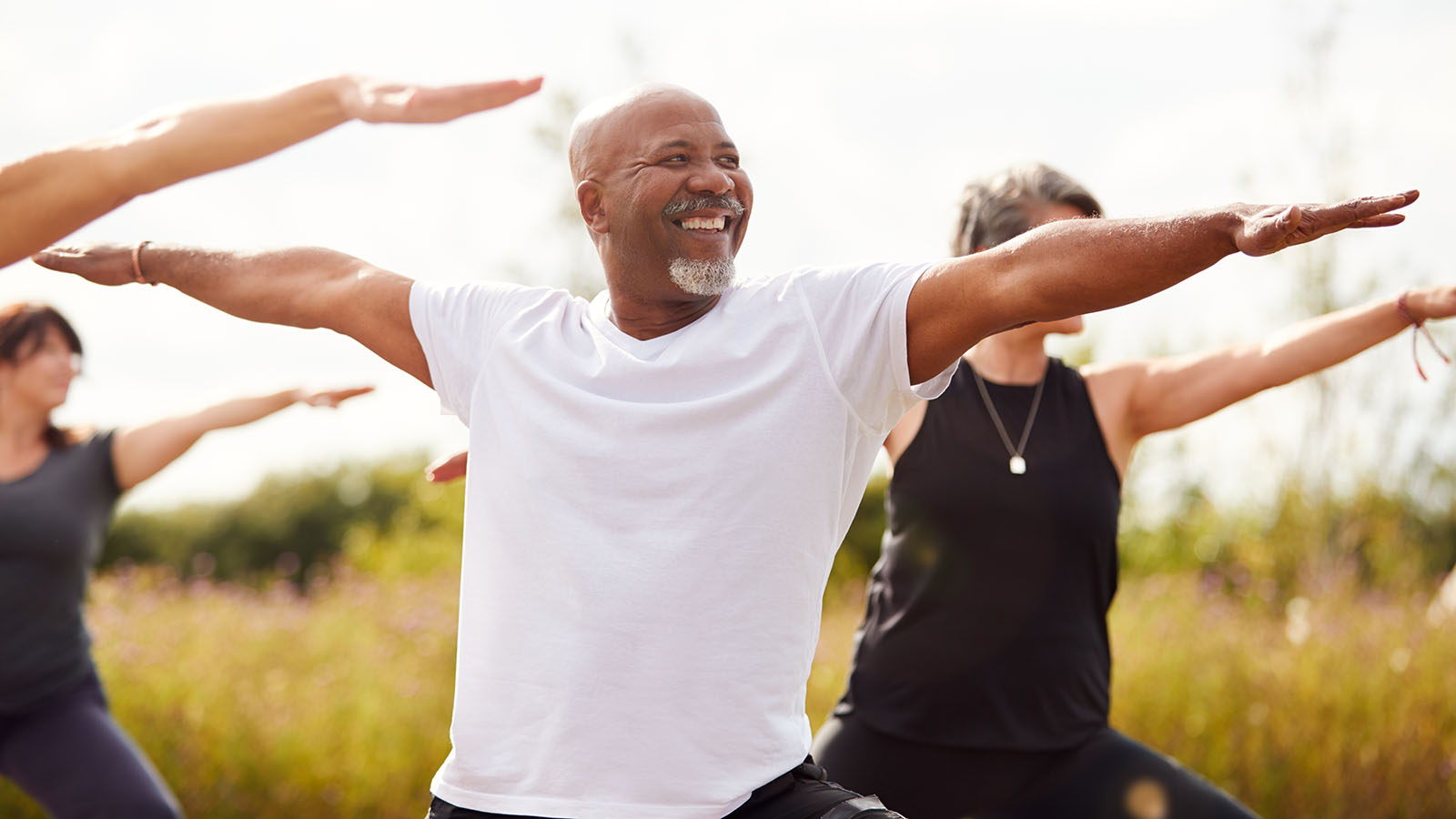
4 Exercise Tips to Help You Reverse High Blood Pressure

Timely Heart Care During a Heart Attack Helps Joe Feed the Community

3 Reasons Why Now's the Time to Find Relief From Varicose Veins
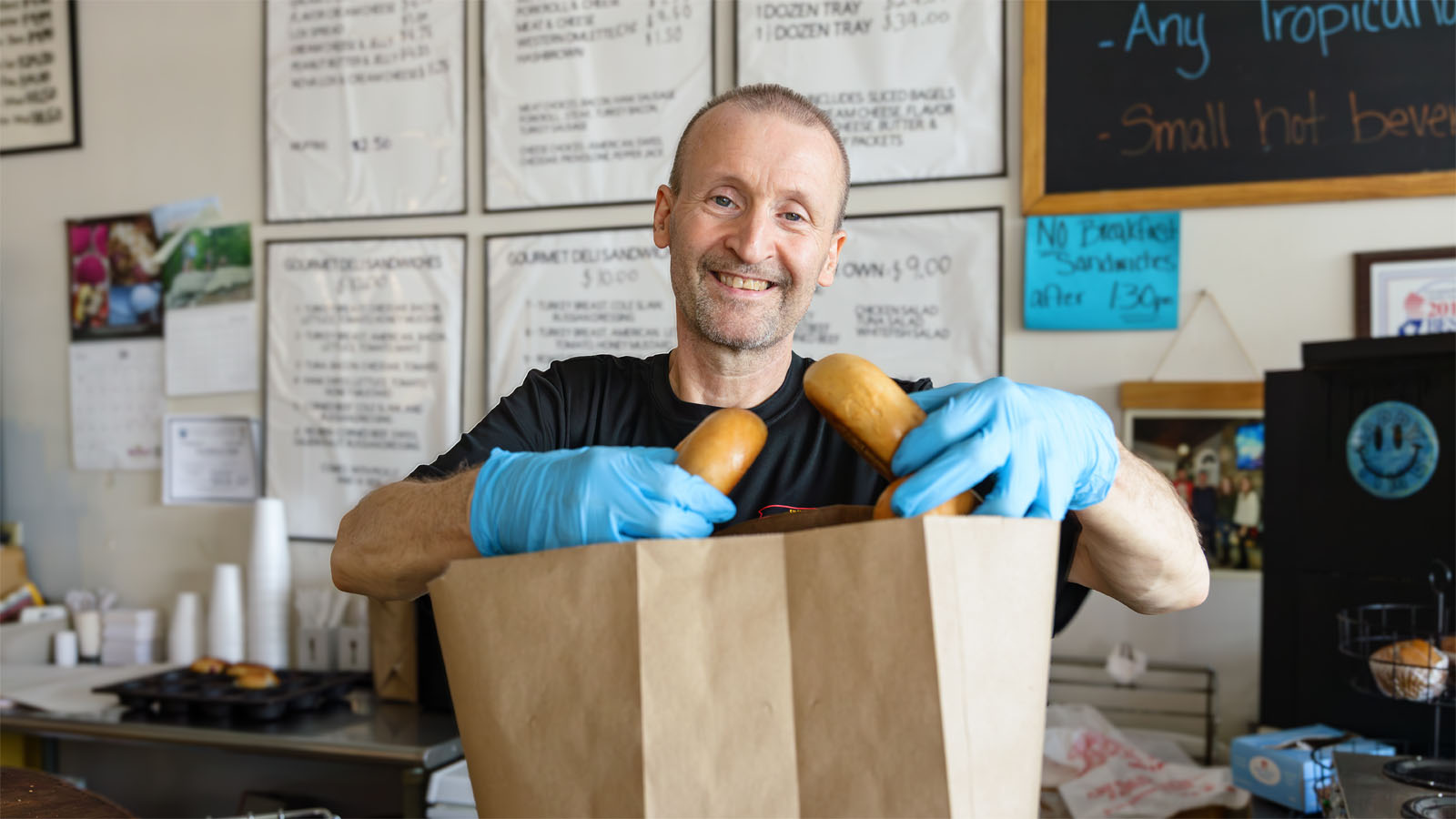
HeartTalk Magazine
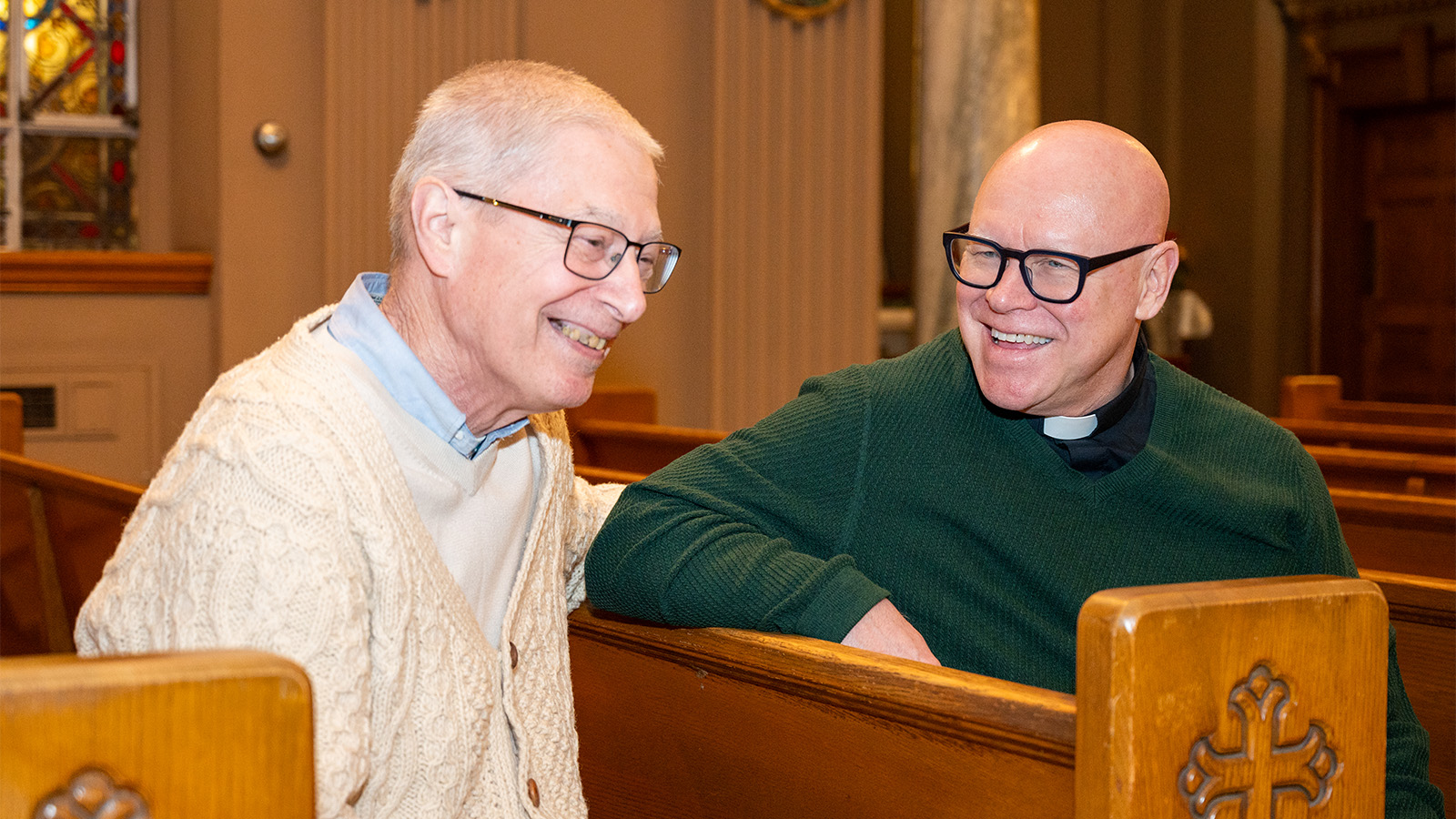
Lifesaving Heart Care Creates a 'Bond That's Never Left Us'
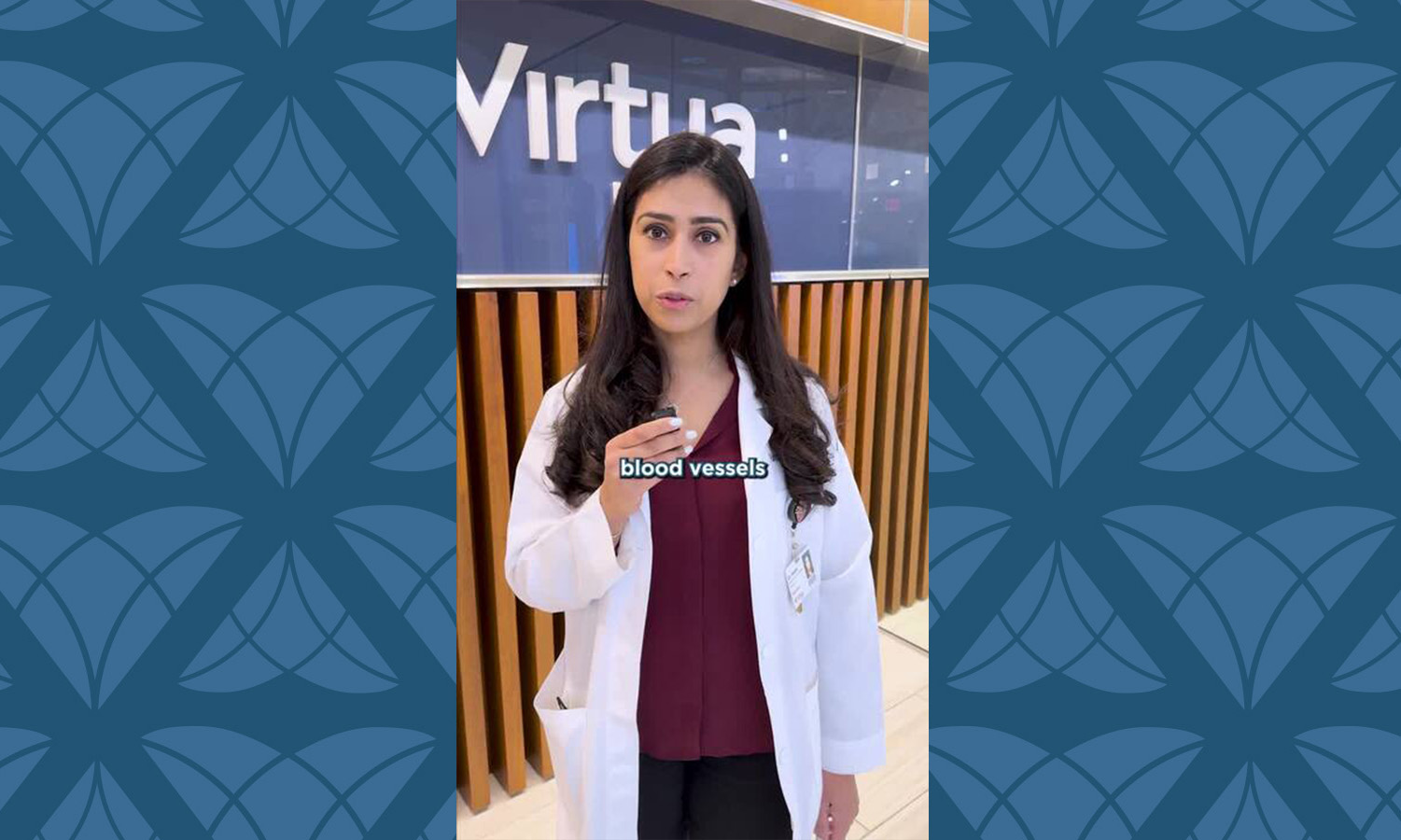
How High Blood Pressure Affects Your Body

5 Interesting Facts About Your Heart

Get to the Bottom of Blood Pressure Numbers
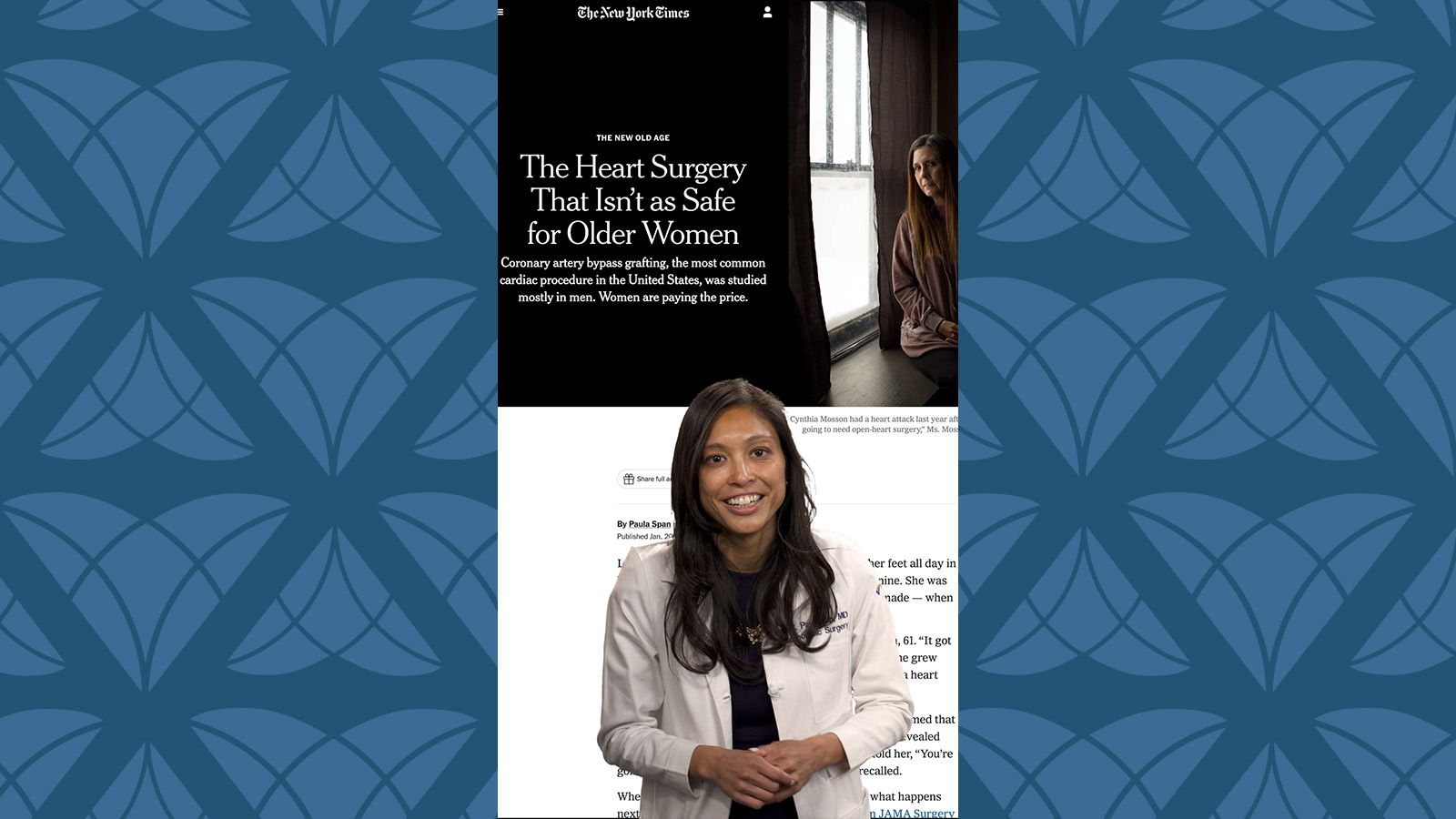
CABG Surgery: What Women Should Know About Heart Health and Healing
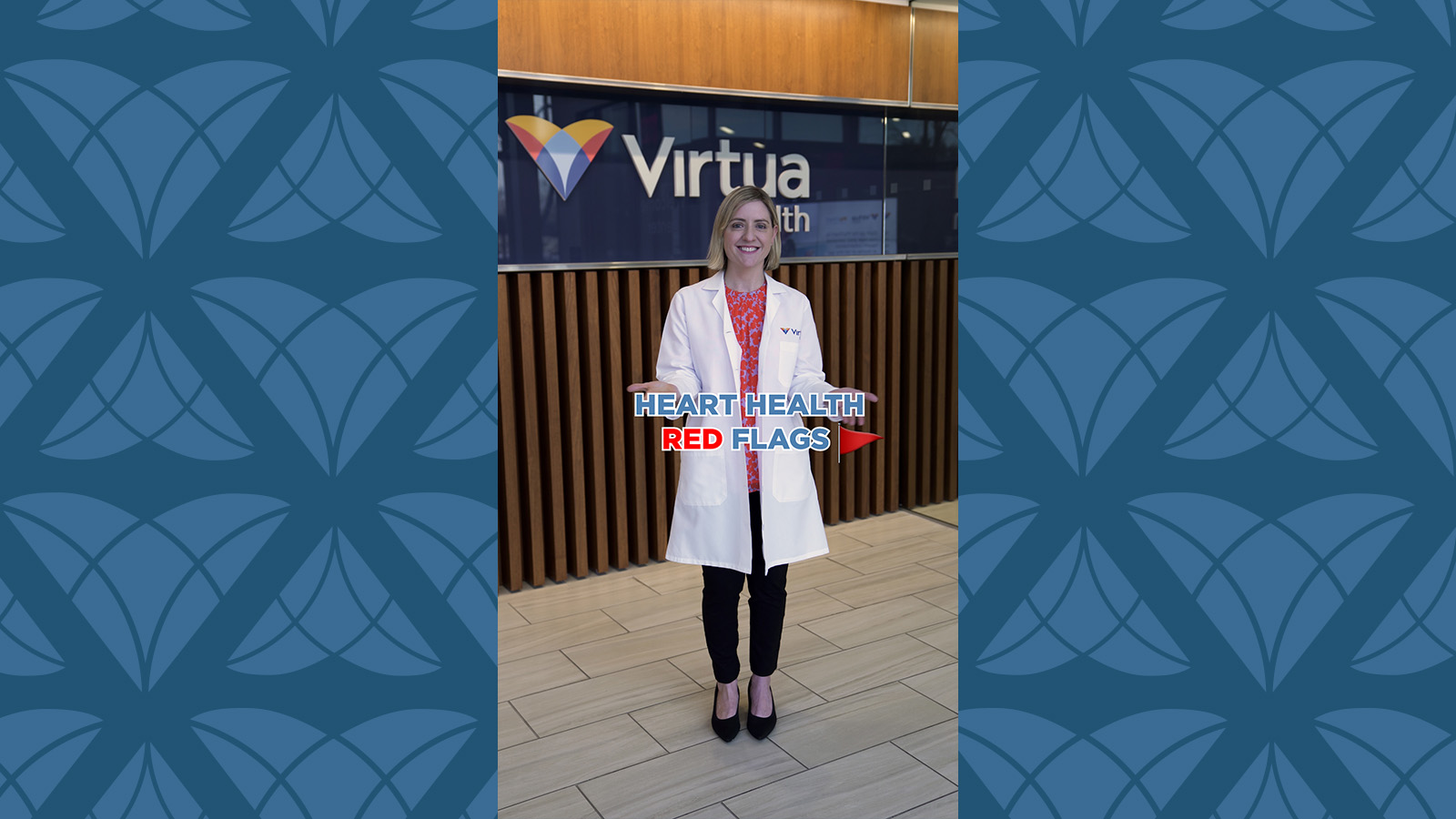
When to Take Action for a Stronger Heart

Groundbreaking Renal Denervation Procedure Controls a Lifetime of High Blood Pressure
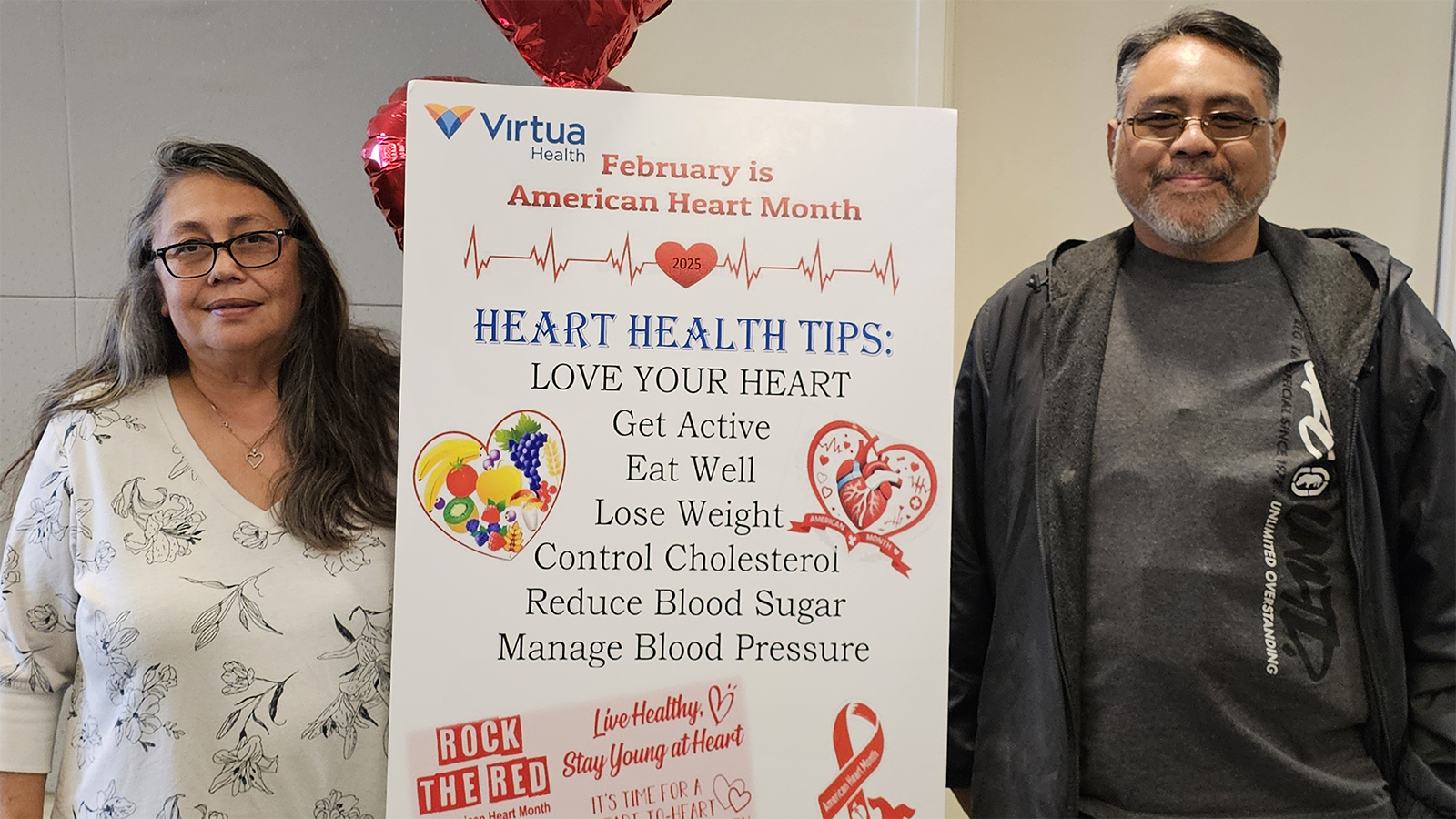
Patient Story: LVAD Mechanical Pump Strengthens Michael's Heart Function

Mitral Valve Surgery Keeps Yaneth Living the American Dream
Inside Look at Blood Vessels Aids PAD Treatment
Denise Davis: Pay Attention to Your Heart Health
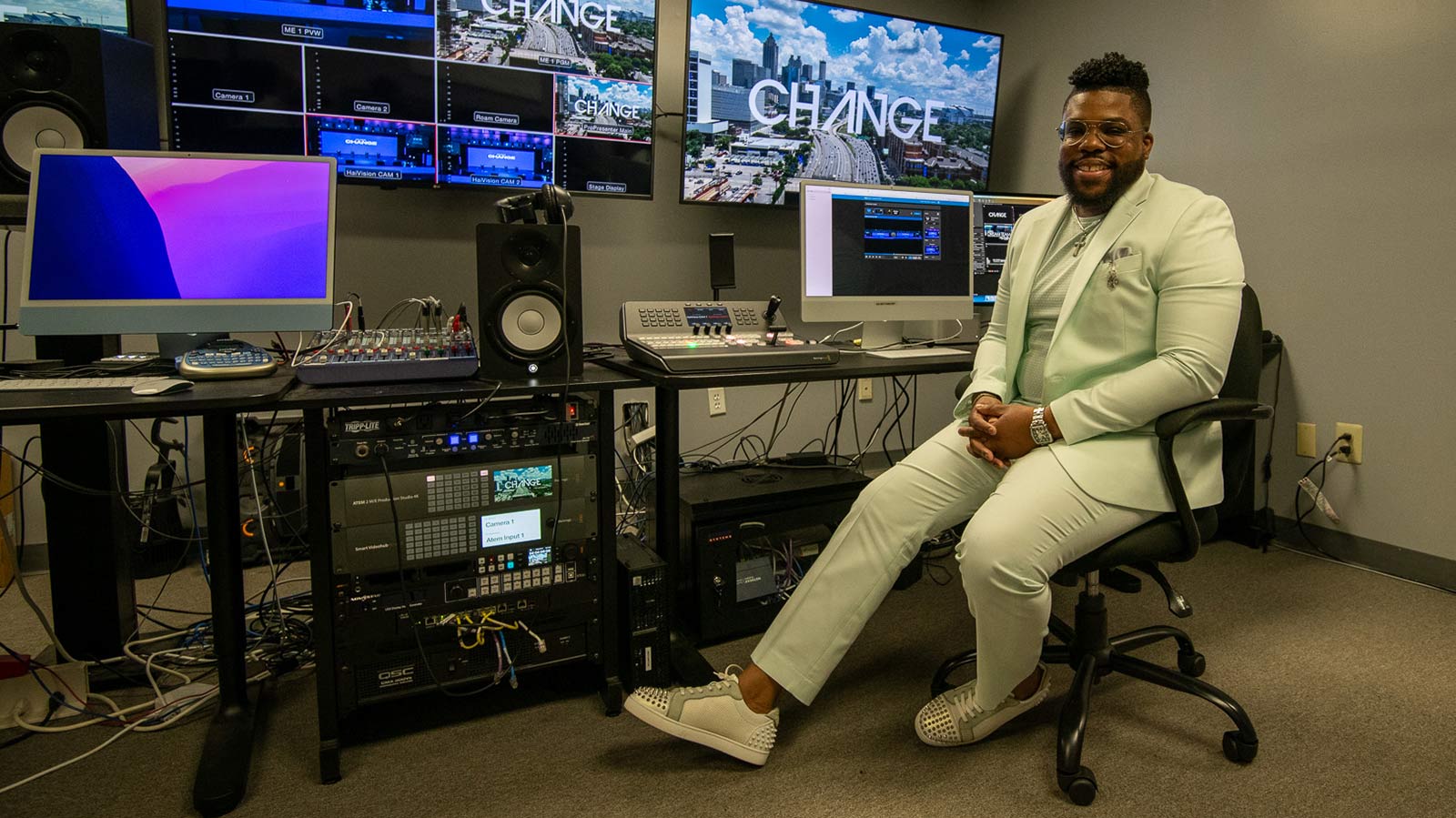
Sweet Music: Trust, Teamwork Save Justin from Heart Attack

Complex Heart Surgery Nets James a Lifelong Friend

8 Key Steps to Better Blood Pressure Control

Signs You Should Get Treated For Vein Problems
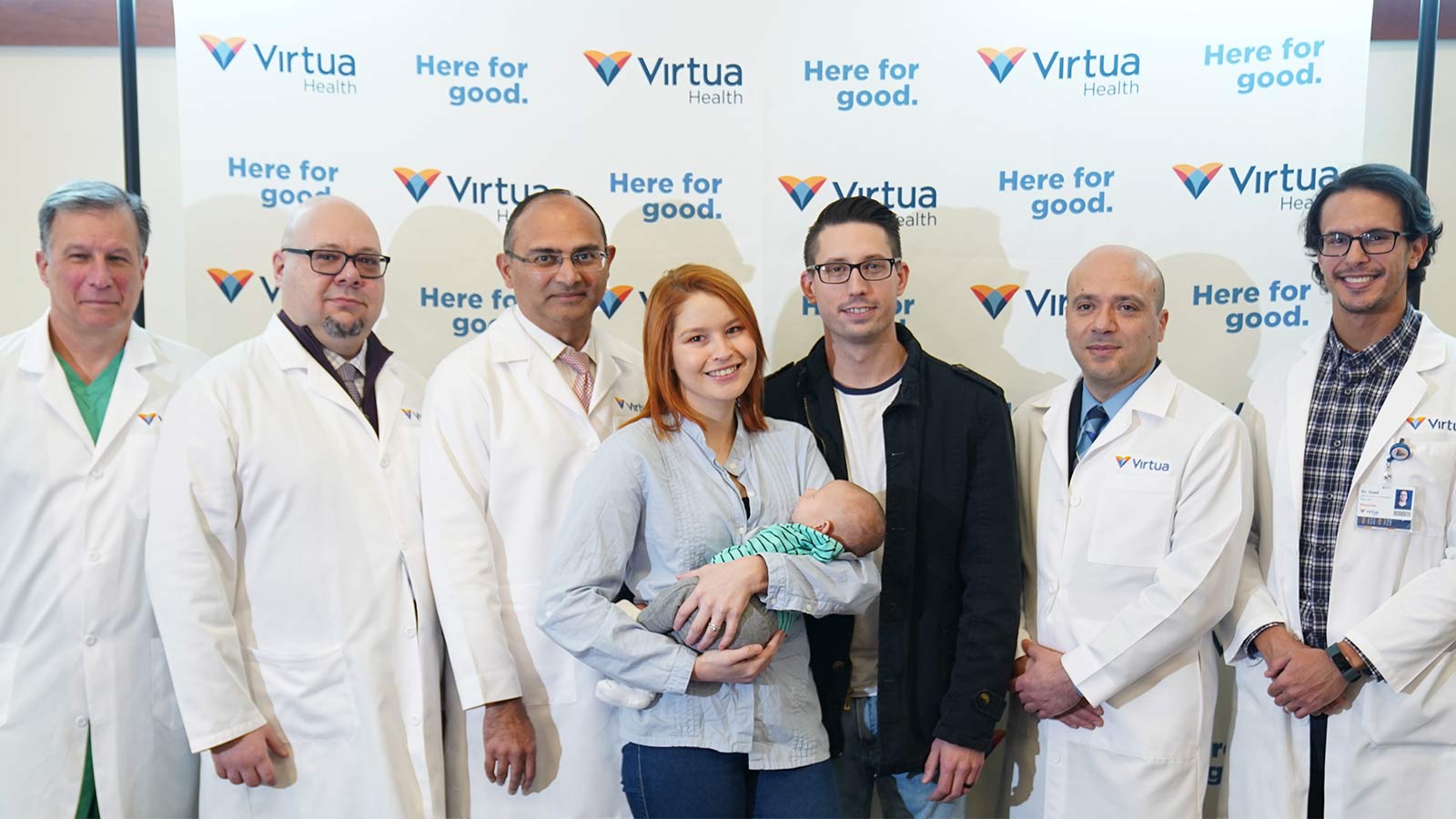
One New Heart Valve Saves Two Lives in the Tritten Family

What You Need to Know About Heart Failure

6 Numbers Key to Keeping Your Heart Healthy
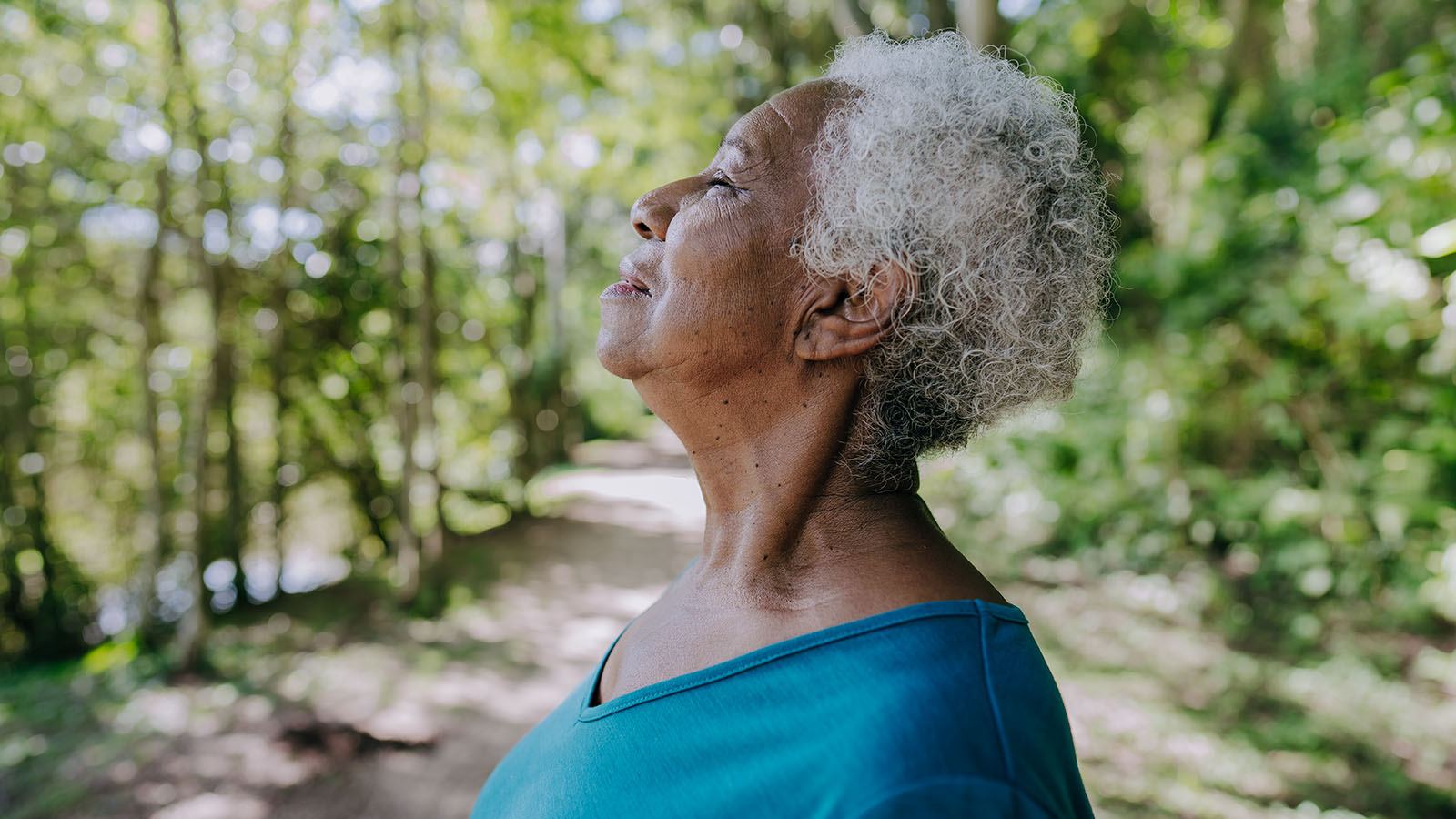
Five Mindfulness Tips That Can Help Heal Your Heart

Watchman Heart Device: a Technological Breakthrough for Blood Clot Prevention
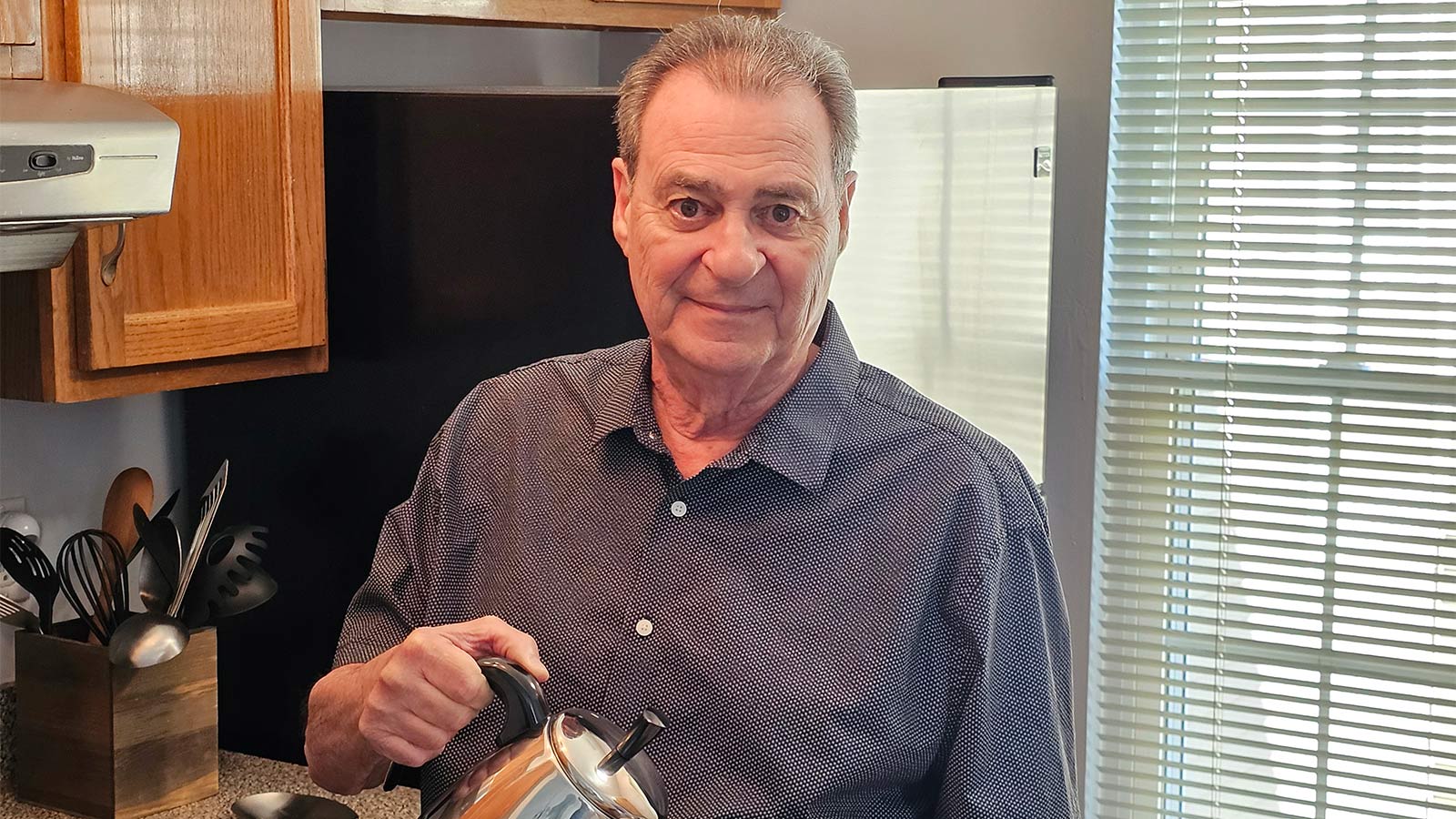
Albert's Emergency Cardiac Surgery Is a 'Story of a Lifetime'

Love Your Heart: Essential Care Tips for Every Stage of Life
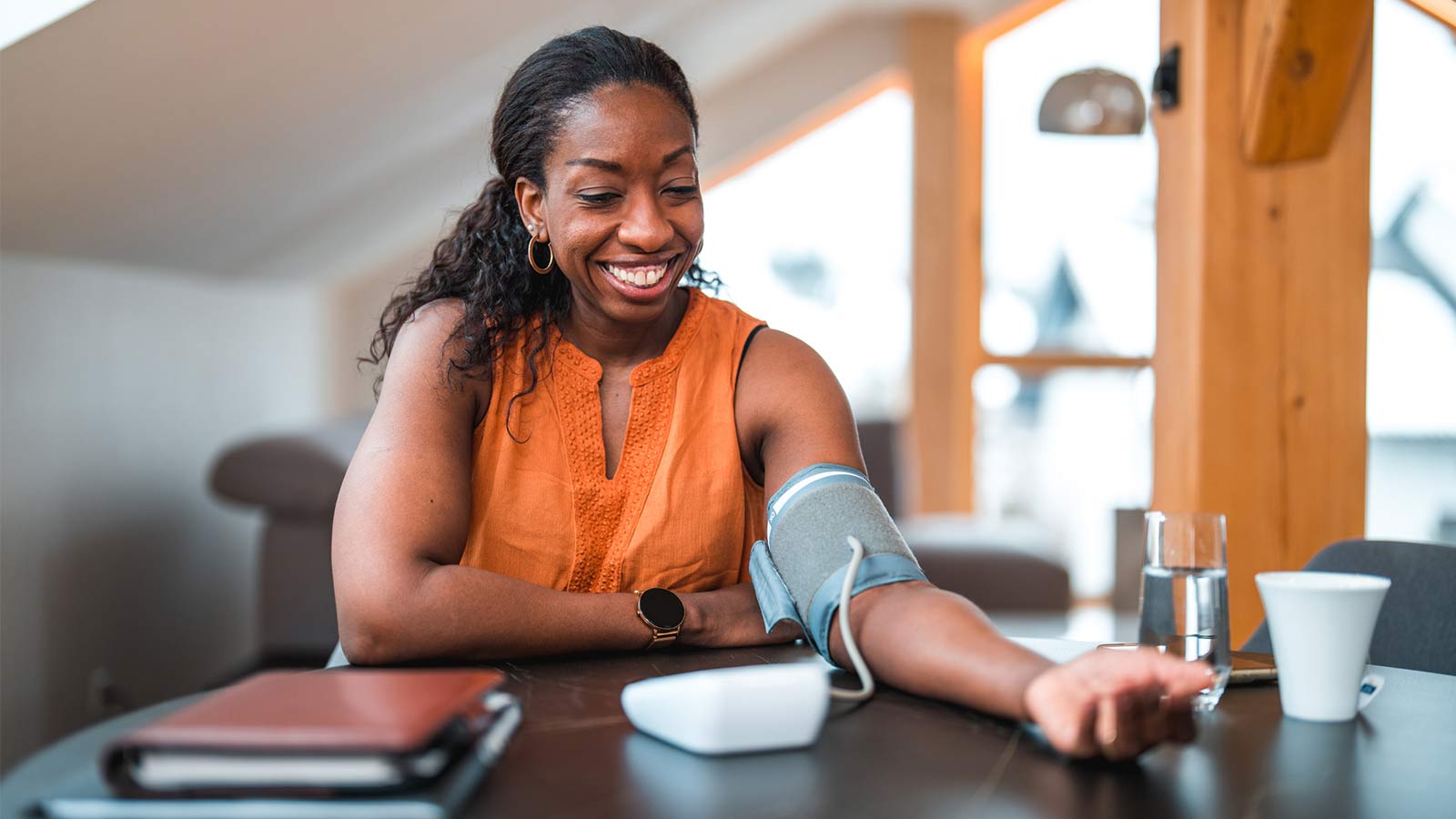
How Do I Measure My Blood Pressure at Home?

How Do I Improve My Cholesterol Levels?

3 Ways to Reduce Your Stroke Risk

How the Unique Stages of a Womans Heart Affect Her Health

Can Your Gut Health Affect Your Heart?
Advanced Heart Failure Therapies Get Bernadine Back to Full Speed
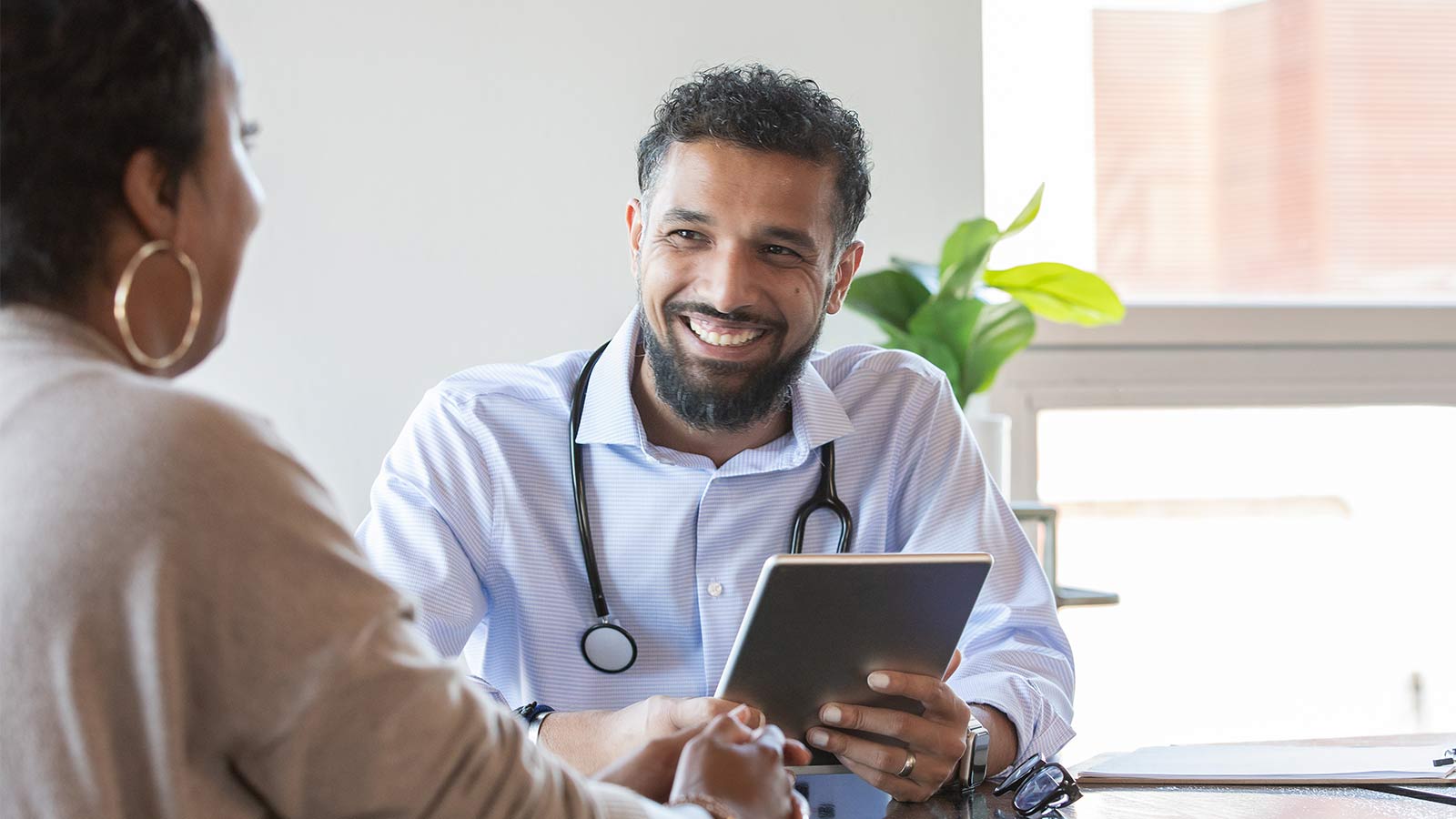
Keeping the Beat: Advanced Heart Surgery for Aortic Aneurysm

Heart-Healthy Summer Recipe: Hummus and Veggies

4 Delicious Heart-Healthy Recipes Perfect for Summer

Heart Healthy Summer Recipe: Dessert Parfait

Heart-Healthy Summer Recipe: Pear and Walnut Salad

Heart-Healthy Summer Recipe: Terrific Turkey Burgers
Atrial Fibrillation and Stroke: What's the Connection?
Heart Tests Your Doctor May Order
Managing Pregnancy for Mothers With Heart Conditions

Heart Healthy Recipe: Basil Pesto Pasta With Seared Vegetables

Heart Healthy Recipe Chocolate Avocado Chia Pudding
Keep Your Heart Rhythm in Check With Your Smartwatch
Mind Your Meds for Blood Pressure Risks
Magic Pill for Heart Health? Cut 300 Calories a Day
3 Smart Ways to Boost Your Heart Health
3 Best Exercises For Heart Health

Get Your Heart Pumping With These 25 Workout Songs
Your Chest Pain: Heartburn, Heart Attack, or Something Else?
3 Heart Healthy Recipes to Win Valentines Day
How Work and Home Stress Can Affect You
Why Improving Your Health Is Going To The Dogs And Cats
Why Younger Women Need Start NOW To Safeguard Their Hearts From Heart Attacks
Can You Die of a Broken Heart?
Mitral Valve Surgery Opens Doors for Improved Quality of Life
6 Healthy Habits to Start in Your 20s for Better Lifelong Health
Do You Have a Fatty Heart?
Get Pumped! Assist Devices Can Improve Heart Failure Symptoms
A Cardiologists Advice on Heart-saving Emergency Cardiac Care
Virtua Doctor’s Experience Is a Warning for All About COVID-19 and Strokes
You May Feel Fine, but Gregory Says "Don't Skip Your Medical Care"
In Sickness and in Health: Couples Often Share Heart Disease Risk
"Reduce Your Heart Disease Risk With a Plant-based Diet"
Hybrid Robotic Heart Surgery and Valve Replacement Restores Quality of Life
Can Marijuana Hurt Your Heart Health?
6 Tips for Restoring Your Heart Rhythm
Eat Smart for Your Heart
Cardiac Rehab: Strengthening Your Heart After Leaving the Hospital
Your Heart Needs A Good Nights Sleep
Are You at Risk for AAA—the Silent Killer?
The Cardio Oncology Team Protects Your Heart During Cancer Treatment
Get Relief From Painful Varicose Veins This Summer
Exercise Your Way to a Stronger Heart
Fish Oil: A Good Catch or a Scam?
My Heart Seems to Skip a Beat - Should I Be Worried?
Menu Planning? Try These 5 Heart-smart Substitutions

5 Health Risks Tied to Weight

